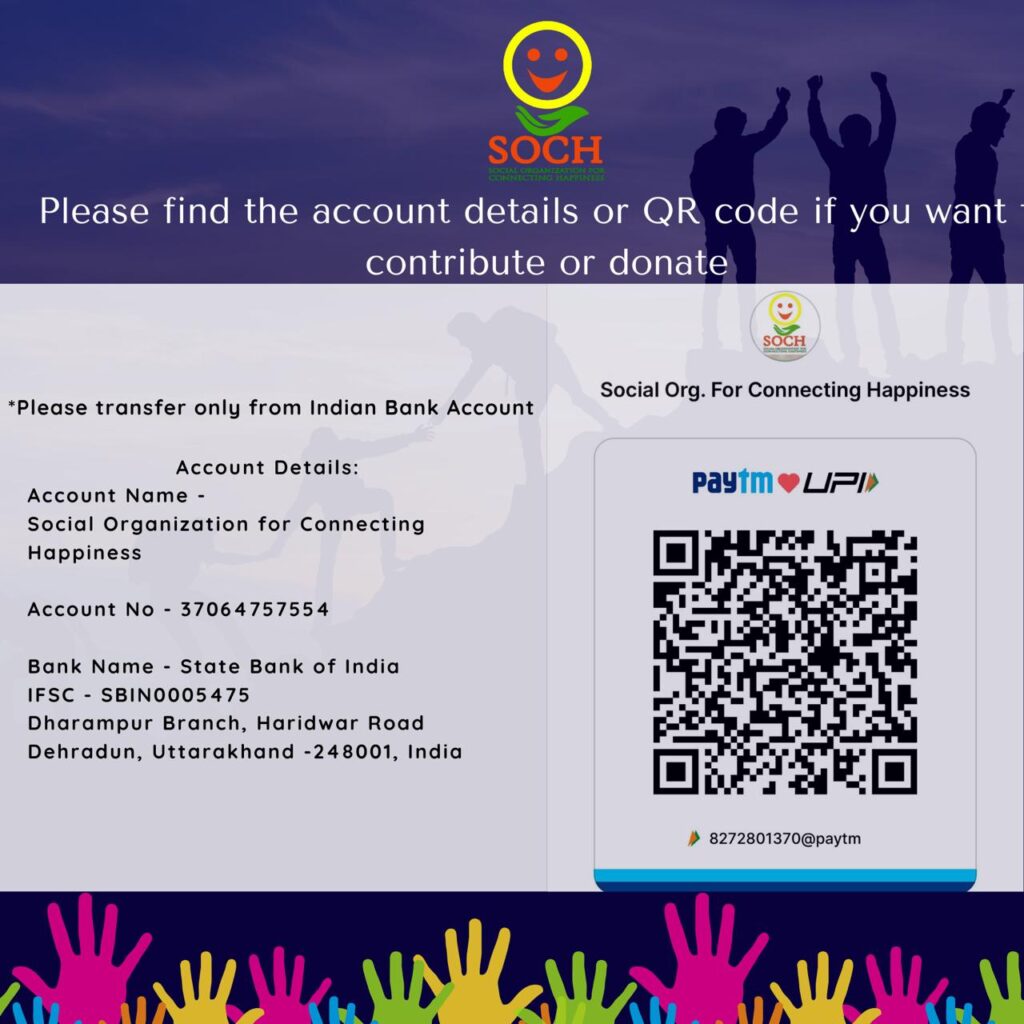Addressing going concerns over data privacy and and the longstanding dominance of global IT giants in the cloud services domain, Bharat’s(India) central bank, Reserve bank of India(RBI), is reportedly gearing up to launch its own cloud services by 2025. The aim behind this excellent initiative is to enhance the country’s digital infrastructure and ensure the security of financial data as well. The project described as “first-of-its-kind initiative” objective is to decrease the reliance on the foreign cloud providers like the cloud platform will leverage solutions from domestic IT firms, offering alternatives to services like Amazon Web Services(AWS), Microsoft Azure, Google Cloud, and IBM Cloud and enhance control over critical financial infrastructure.

The RBI’s public cloud service plans were first announced in December 2022. The initial development is being led by Indian Financial Technology and Allied Services (IFTAS) in collaboration with private tech companies, with consultancy firm EY appointed as an advisor.The initial funding, amounting to ₹229.74 billion ($2.72 billion), will be sourced from the central bank’s asset development fund. Over time, financial firms will be invited to invest and acquire equity in the cloud service. The RBI has restricted bidding for the project to companies incorporated in India with prior experience in developing cloud-related solutions, underscoring its focus on localizing digital infrastructure for payments and financial data storage and processing, according to the report.
The RBI’s initiative to launch its own cloud services comes with both significant opportunities and challenges, especially given the scale of providing cloud infrastructure to the world’s most populous nation.
The ‘PROS’ includes:
Enhanced Data Sovereignty:The platform would guarantee that critical financial data is stored and processed within India, minimizing the risks linked to foreign data management.
Being self-reliant: By providing a local alternative, the RBI could challenge the dominance of companies like Google, Amazon, and Microsoft in India’s financial ecosystem. Building in-house capabilities would also help mitigate the risks posed by geopolitical tensions affecting foreign tech providers.
Domestic IT Firms growth platform:The project would create opportunities for Indian IT companies, driving growth and innovation within the country.
Improved Security and Control with Innovation: A central bank-controlled platform could provide enhanced security and ensure better regulatory compliance for critical financial data. By fostering competition, this initiative could drive innovation among both domestic and global cloud service providers.
Cost Efficient: In the long term, localized cloud services could help lower operational costs for Indian financial institutions compared to using international providers.

The ‘CONS’ includes:
Major amount of Investment: The project requires a significant upfront investment, with initial funding of ₹229.74 billion ($2.72 billion).
Cloud Technology and the challenges: Building a scalable and secure cloud service that rivals the infrastructure and reliability of global giants like Amazon, Google, and Microsoft is a considerable challenge. Moreover, Indian IT firms may face difficulties in acquiring the advanced expertise necessary to manage a national-level cloud platform capable of supporting India’s expansive financial system.
Adoption Challenges and costs: Many financial institutions are already dependent on global cloud providers, which may make them hesitant to transition to a new, untested local platform. Additionally, continuous investment will be required to stay ahead in the rapidly evolving cloud technology landscape while maintaining high security and uptime standards.
Monopoly factors: The RBI-managed platform could dominate the market, potentially stifling competition and limiting innovation. This could create a centralized ecosystem where fewer players control the landscape, reducing the incentives for both domestic and global providers to innovate or offer competitive services. In the long run, this lack of competition could lead to inefficiencies and slower technological advancements.
Scalability and roll out challenge: Considering India’s vast size and diverse financial ecosystem, scaling the platform to meet the needs of the entire sector could take several years to fully achieve. The process would involve significant time and resources to ensure the platform is capable of handling the complexities of India’s financial institutions, varying regional requirements, and growing data demands. This gradual rollout could delay the widespread adoption and effectiveness of the platform, posing a challenge in meeting the rapidly evolving needs of the financial sector.
RBI’s initiative to develop a localized cloud platform offers promising benefits for data security and the growth of domestic IT, aligning with the vision of Aatmanirbhar Bharat. However, the project faces considerable challenges, particularly in terms of technical complexity, financial investment, and adoption by financial institutions. While this move can enhance self-reliance and reduce dependence on foreign providers, successfully launching such a large-scale initiative would be a monumental achievement. Yet, the obstacles it presents must not be underestimated, as it requires careful planning and execution to meet the diverse needs of India’s financial sector.










